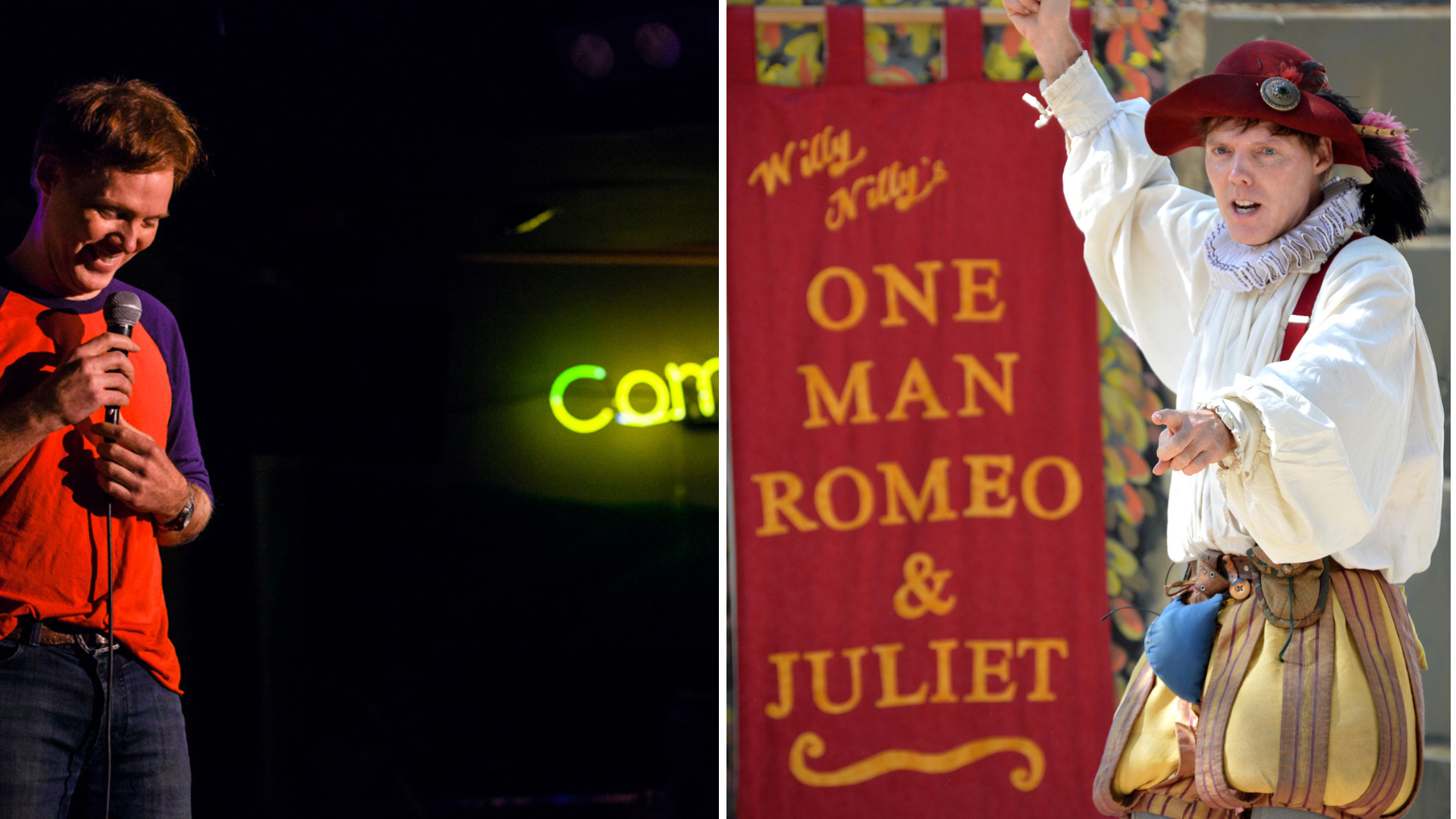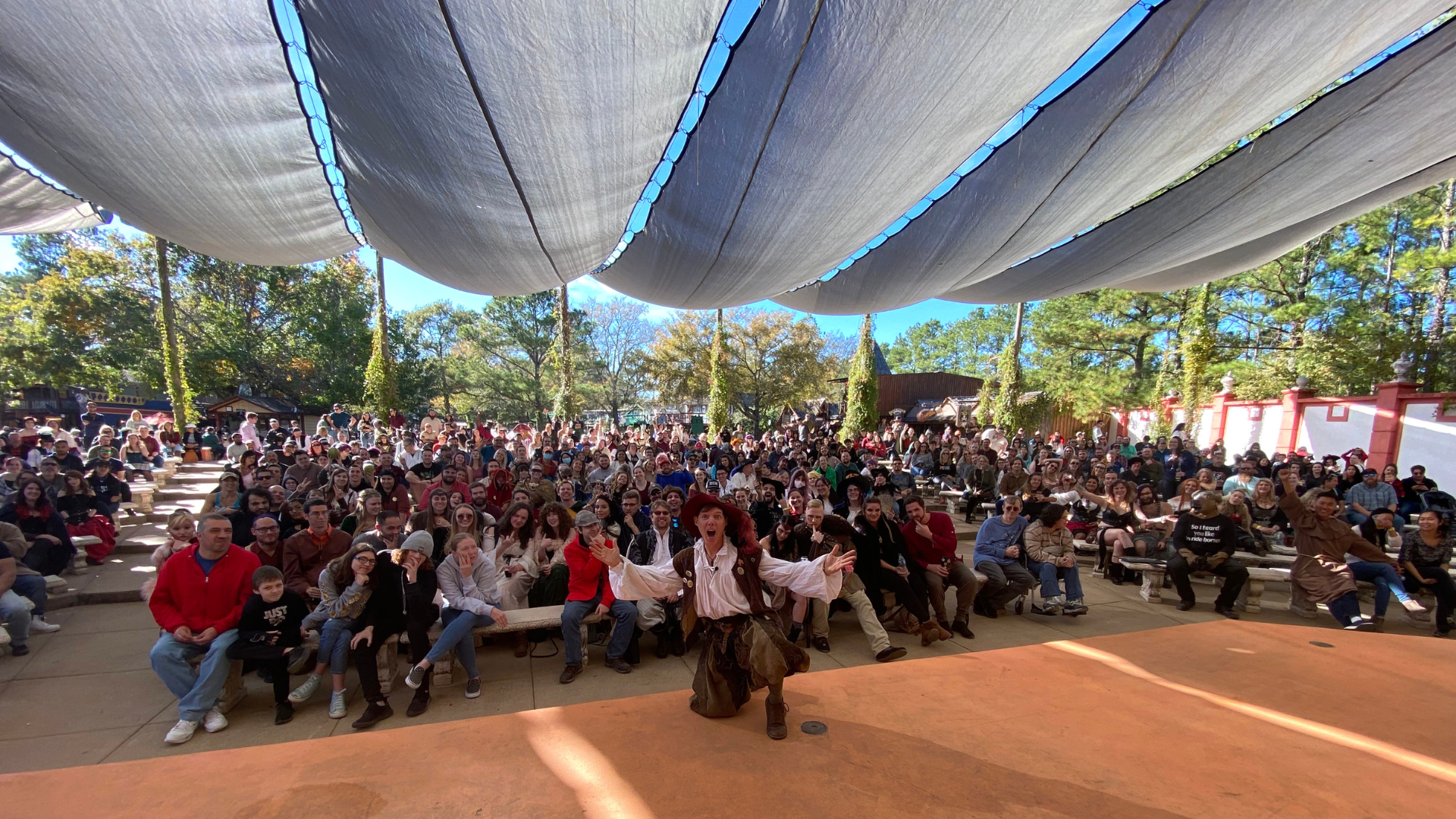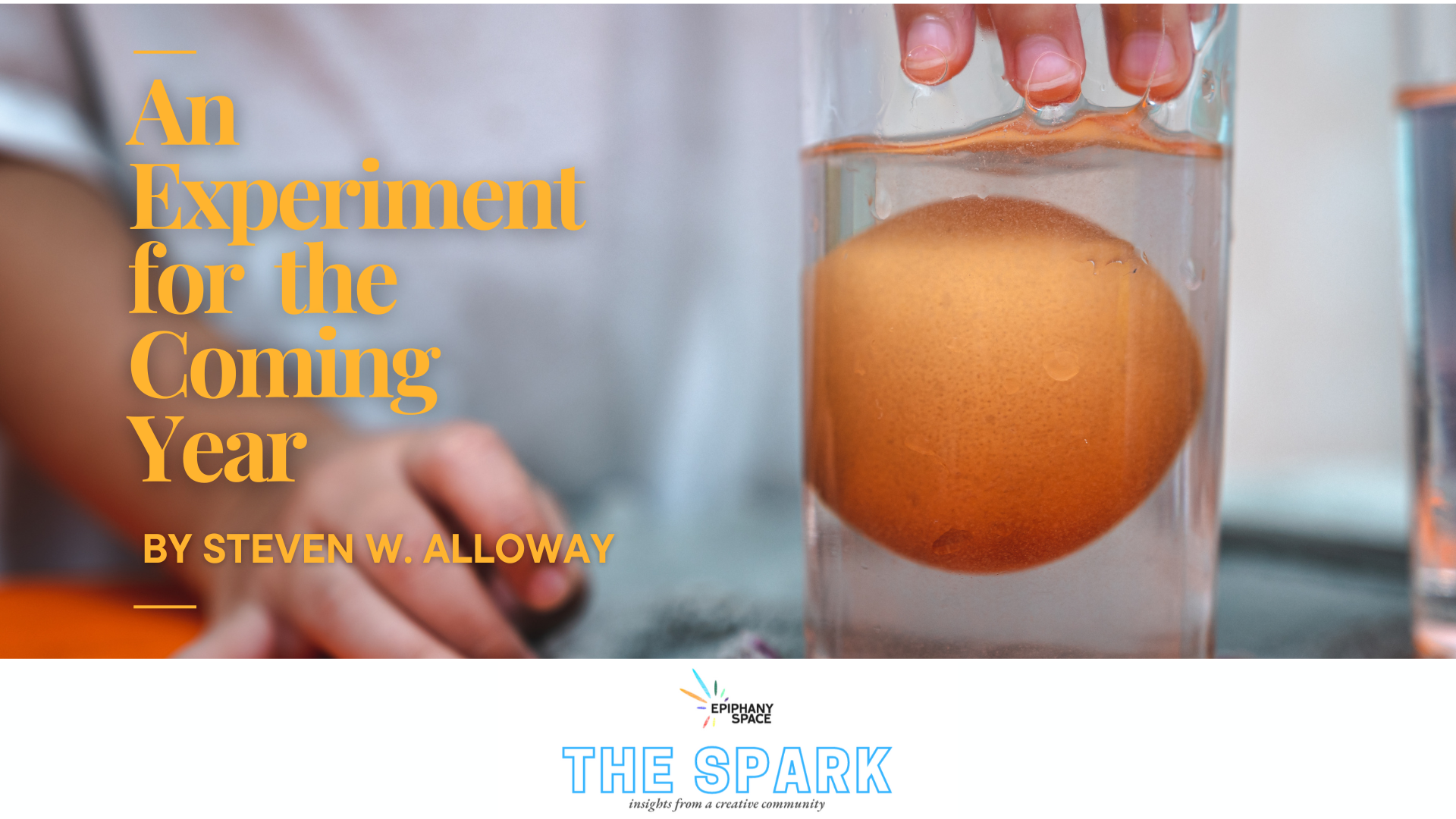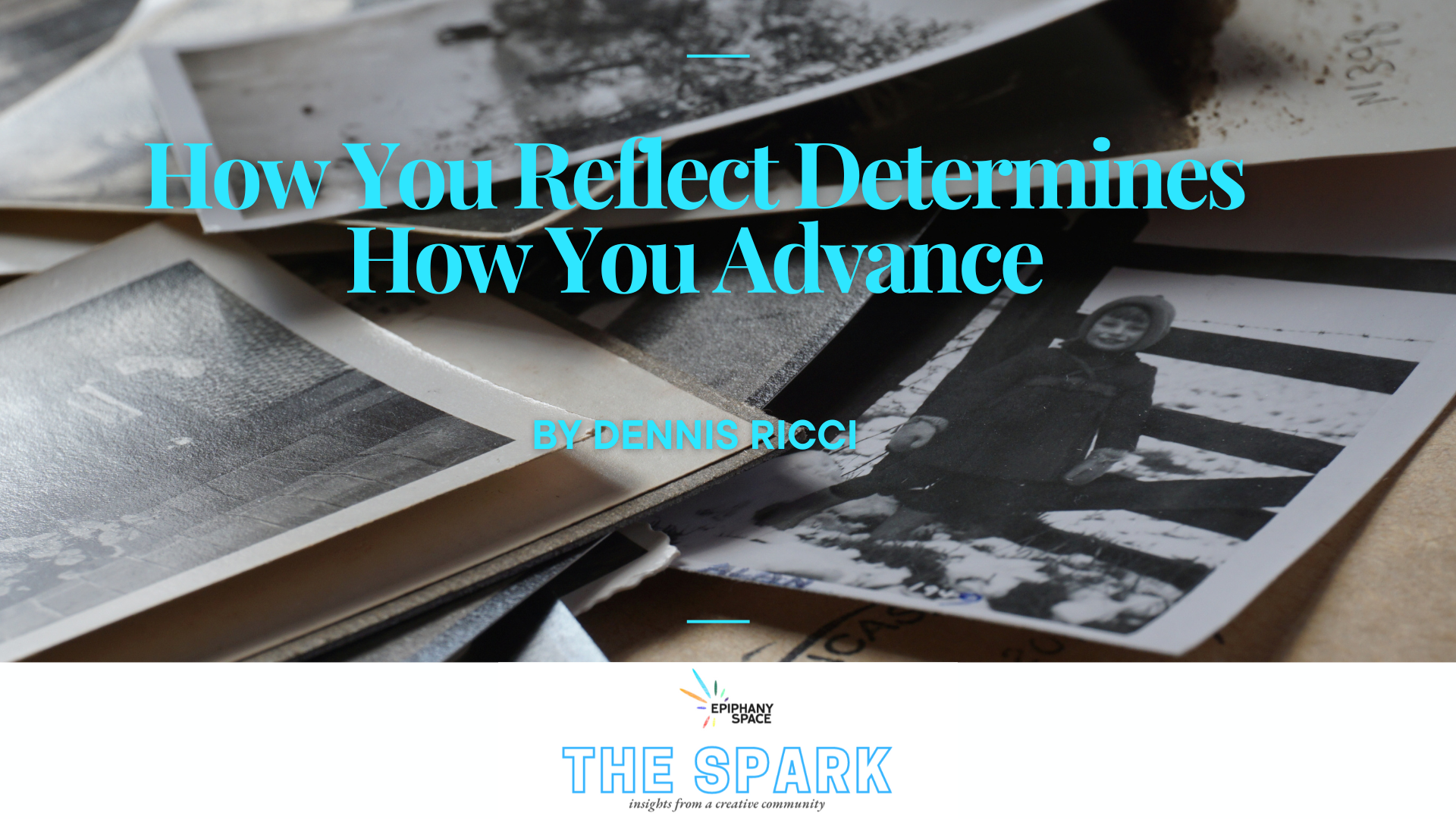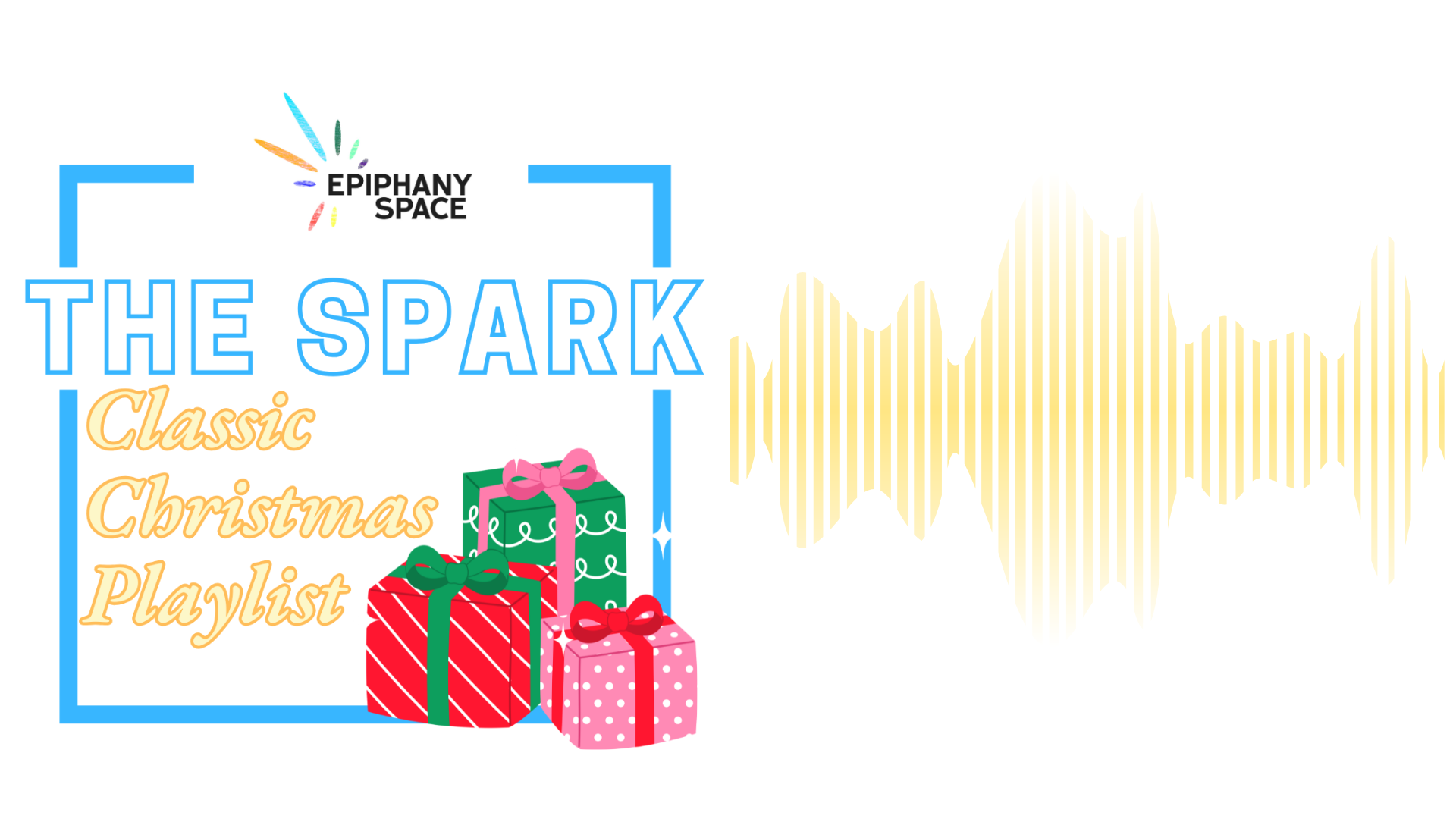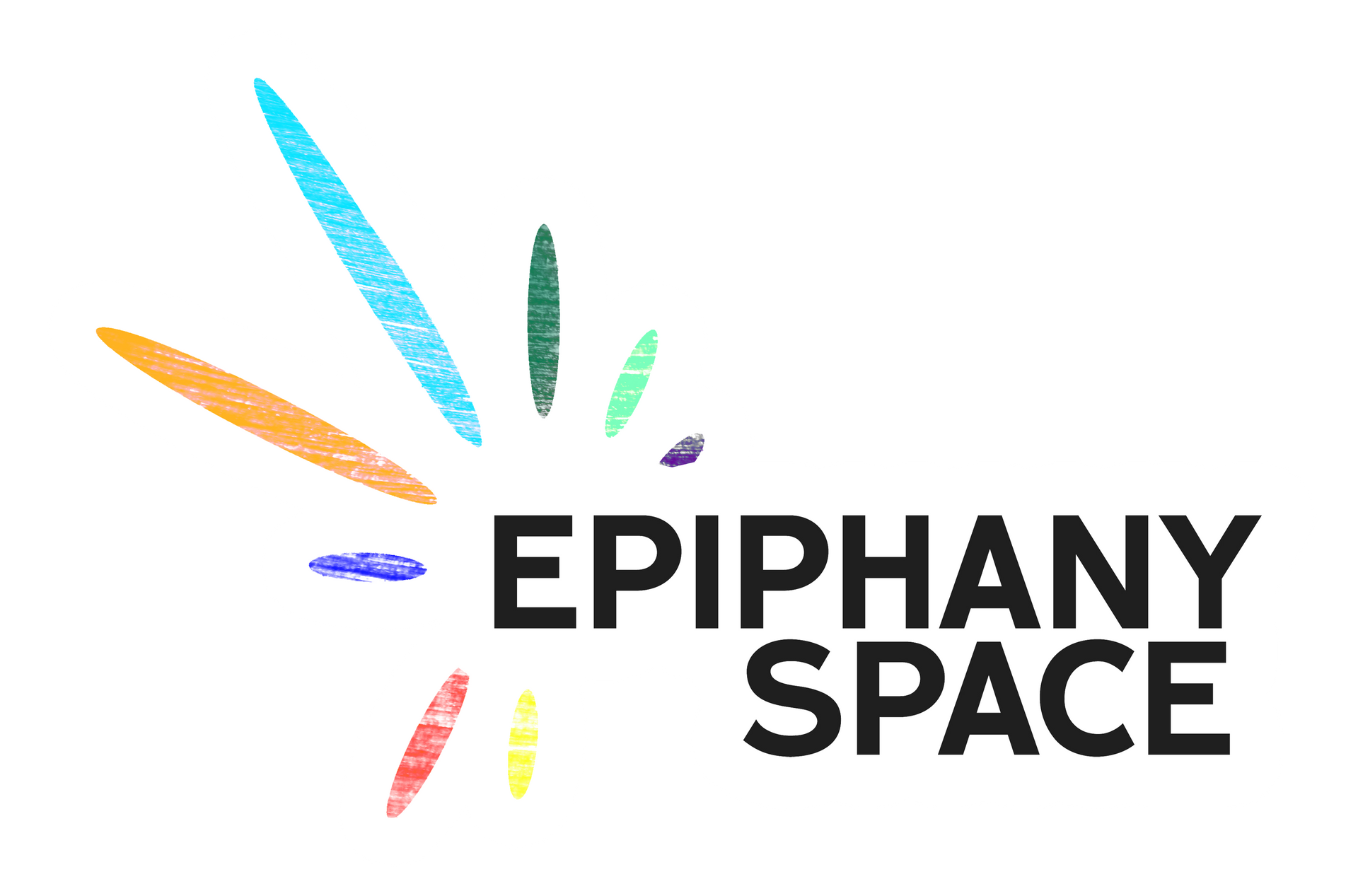Article
Shelby Bond | Theatre Producer | Performer
Shelby Bond
Theatre Producer | Performer
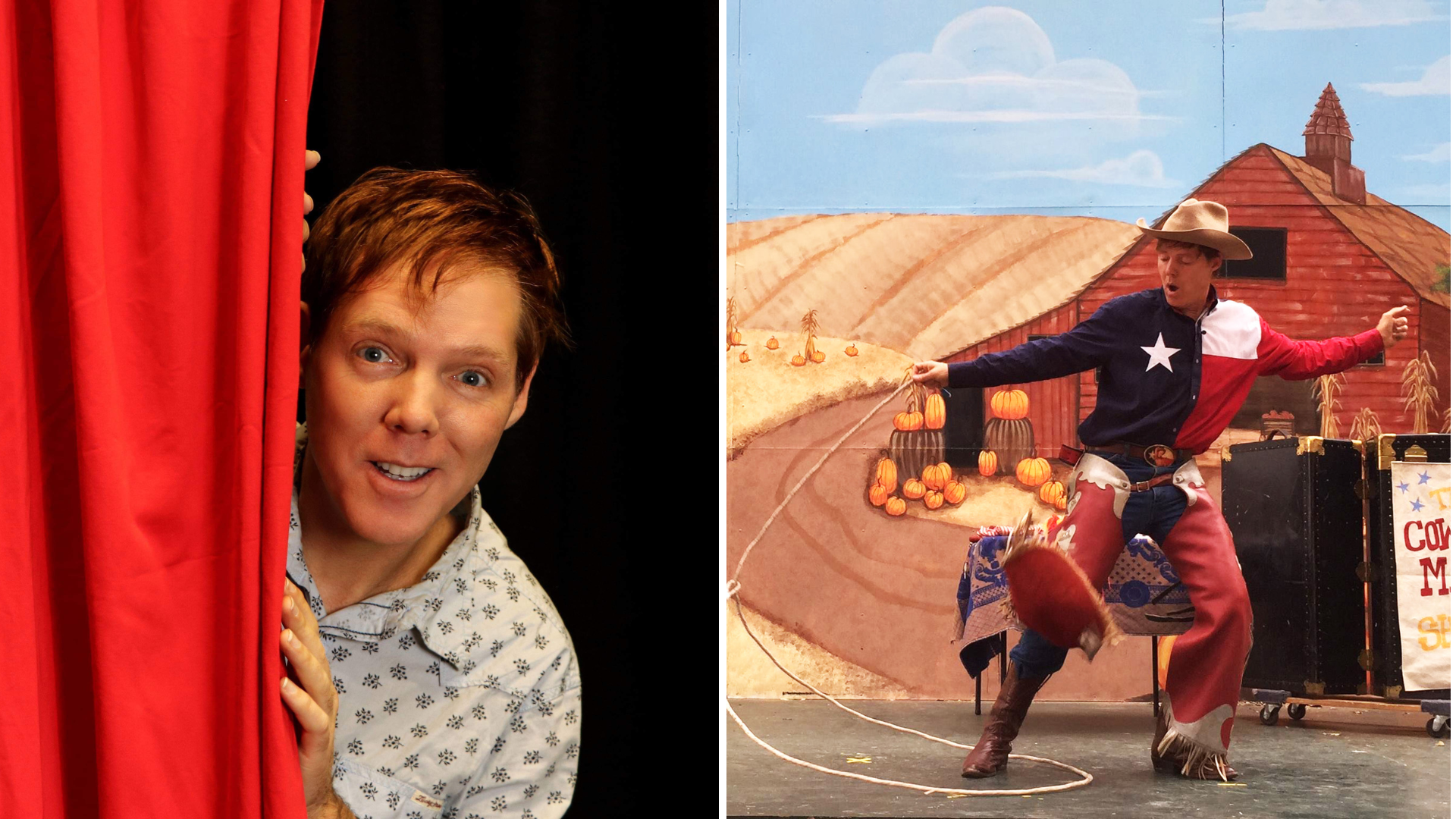
Shelby, you are a man of many hats. Tell us a little bit about who you are and what you do and how you got connected to Epiphany Space.
When I was seven my mother had a live daytime television talk show in Texas. When a guest wouldn’t show, or they needed some filler I’d get thrown on camera to do things like talk about dogs or do a magic trick.
A lot of kids growing up in a small, conservative town don’t get to let their freak flag fly but if you find your people you can create art and find your expression wherever you are. I found the community theatre and between that and a supportive family, that was where I learned exactly who I was.
Where does the inspiration come from in creating immersive experiences?
To quote Lynn Gardner of The Guardian, "We are no longer content to sit quietly in our seats when we can storm the stages." Instead of just being spectators, we should have the opportunity to be INSIDE of a story, to be a part of it. When I was getting my master’s degree at the Royal Central School in London in 2019, I studied the differences between interactive, immersive, participatory, and experiential theatre. At the time I was house-sitting all-over London, 26 homes total, so I was alone in other people’s space, feeling like a ghost in their world. I felt that I was inside their history and could almost feel their lives which made me, more than ever, want to know people’s stories.
Take us through the process of bringing one of these shows to life, from the initial inspiration to the finished product.
I particularly love doing site-specific shows that bring the history of a place to life so when I go into a building the first thing I do is learn and imagine the things that have transpired within those walls. (I’m a sucker for historic placards.) Then the research begins. I believe that the things that are most personal are the most universal, so I try to deep dive into the lives of people who stood where I am.
Story creation is what most artists love. What is mostly often despised is how to monetize it. So, to get from inspiration to presentation, and do it in a sustainable fashion, you have to think about insurance, ticket platforms, marketing, parking and 1000 other logistical elements.
What are some of your favorite shows you’ve put together, and what is it that made them special?
My favorite is one I actually produced at Epiphany Space. It’s called The Shadow Space and as Media Geeks said, “It simply refuses to be put into tidy little categories.”
The audience is dead and gets to serendipitously spy on the living as they enter a house and get to invisibly follow the residents, learning their secrets and finding ways to interact through the veil between worlds. What I love most about it is how quickly the ghosts (audience) accept that they can’t be seen by the living (actors) and immerse themselves in their world.
What are some of your favorite shows you’ve been involved in where you weren’t the creator/director/main creative force?
One of my first roles was one of the most impactful. Being the lead in a Texas production of “Brighton Beach Memoirs” was very influential to me because my character, Eugene, constantly talks to the audience, taking himself out of the timeline to form a personal relationship with the audience. I found this absolutely thrilling to create a connection in and outside of the story.
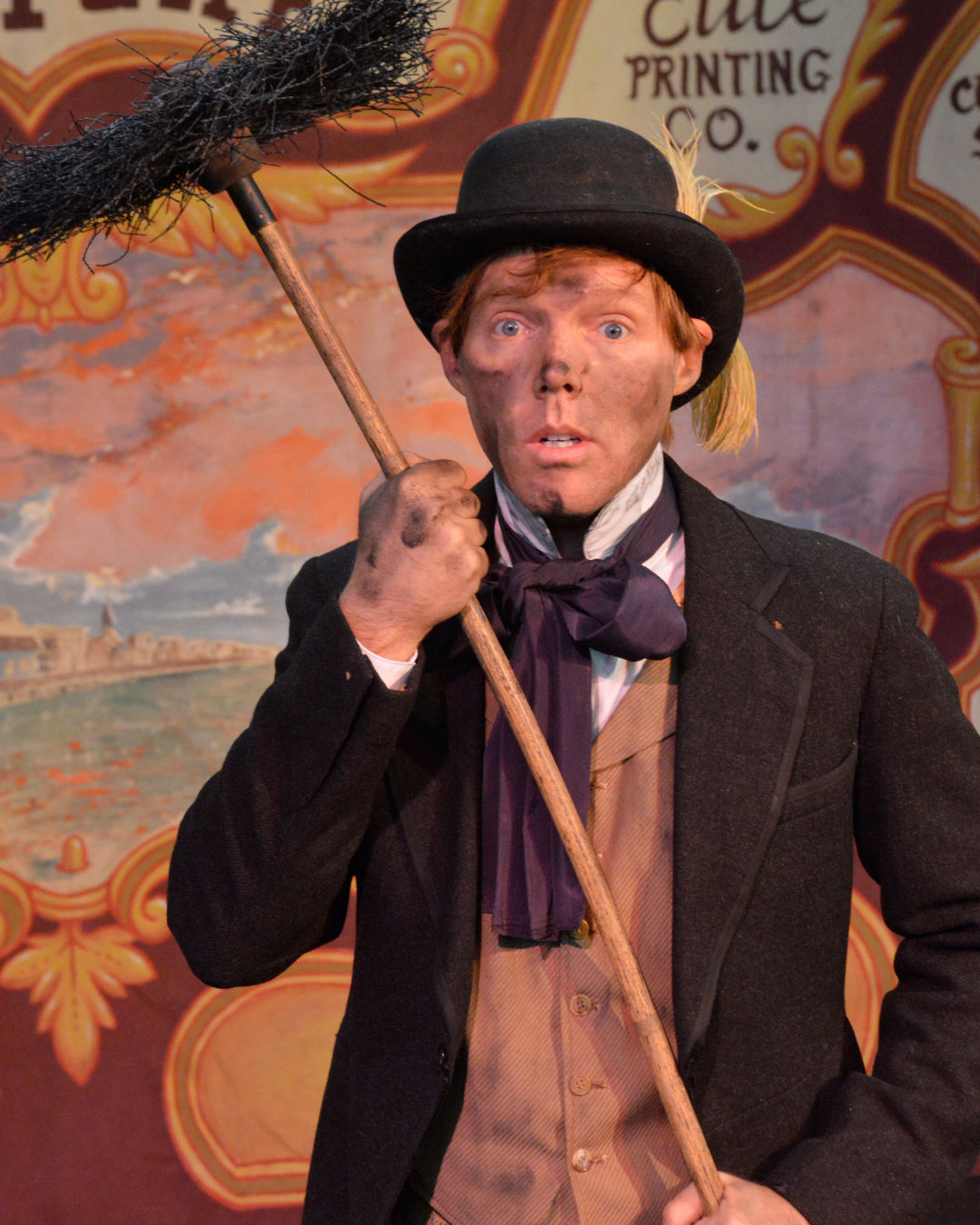
What was it like going to Edinburgh Fringe? What was your experience there?
The Edinburgh Fringe is the most challenging time I’ve ever had, and that’s saying a lot considering I grew up riding in rodeos. The average audience size at that Fringe is FOUR PEOPLE. Doing the show is the easy part, spending all day trying to get people to come is the real work. But, there’s nothing like it, shows everywhere, 24 hours a day for a full month. Hiking up Arthur’s Seat and watching the sunrise over the city on the last day, you feel like you’ve moved the mountain yourself.
What have you got coming up in the near future, and where and how can we check it out?
I’ll be doing shows in April/May at the Original Renaissance Pleasure Faire in the LA area. If you’ve never been, this has been the world’s largest participatory theatre event since 1962. I’ll be doing a One-Man Romeo & Juliet as well as the comedy prequel to Hamlet.
And finally, do you have any advice or words of wisdom for other performance artists who may be considering putting together an immersive show of their own, but don’t know where to start?
Any kind of theatre is primarily about connection, about stories and emotions that we find our own relationship to. Immersive theatre is simply taking the next step and giving the audience agency within that space. So, first off, what story or feelings do you want to evoke? What new perspective would you like to be given if you went to an event? It could be something as simple as having an actor speak directly to you, guiding you into the narrative or something as specific as having to stop Jack the Ripper by following clues around a neighborhood, to rob a bank, or to figure out a combination based on the meter of a sonnet… anything. Just dream a world you want to be in. Then you have to do the work.
Shelby lives in Los Angeles and joined Epiphany Space in 2017. He regularly supports and collaborates with fellow creators of all types, and can always be counted on to do some great baking for community potlucks.
Connect with Shelby through his website, ShelbyBond.com.
